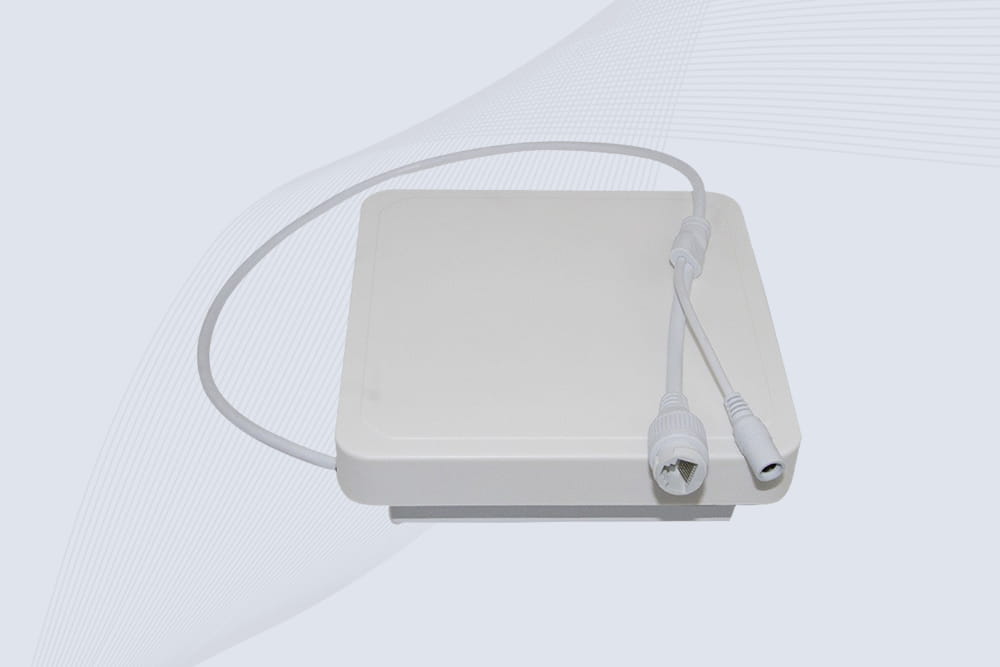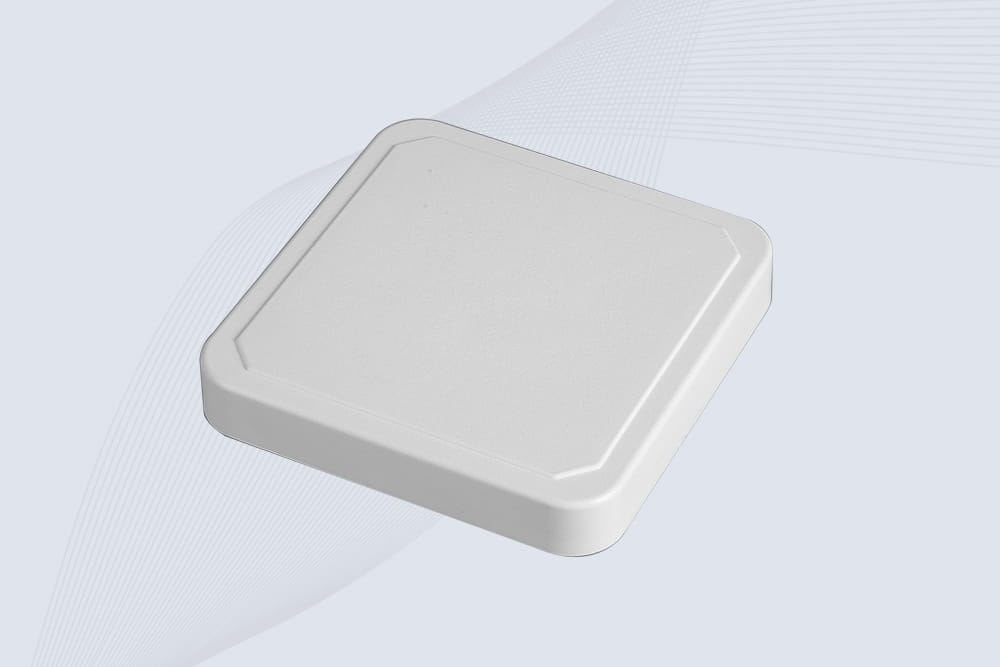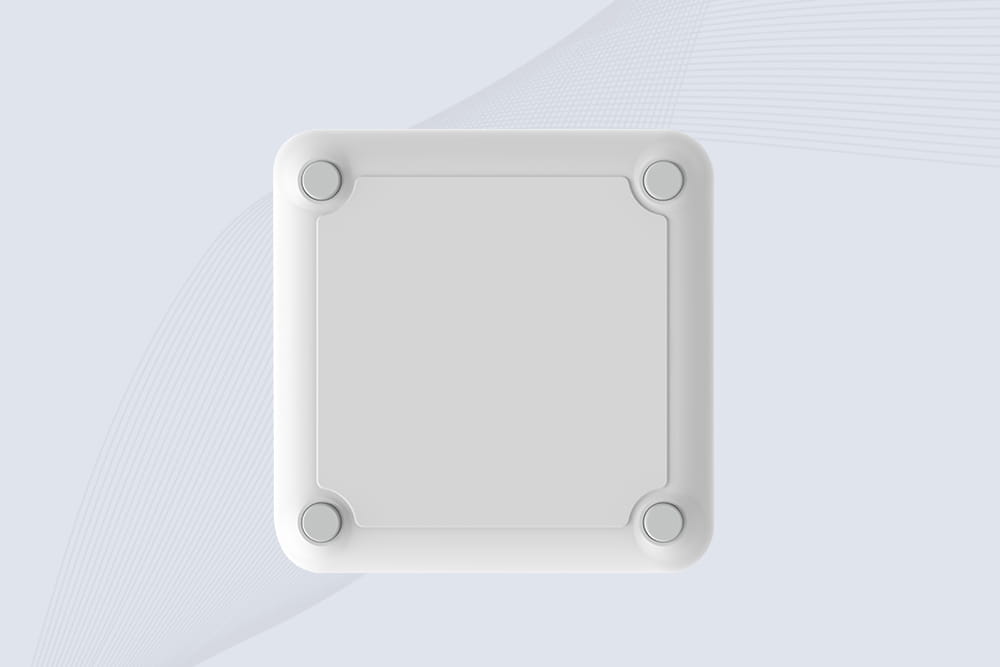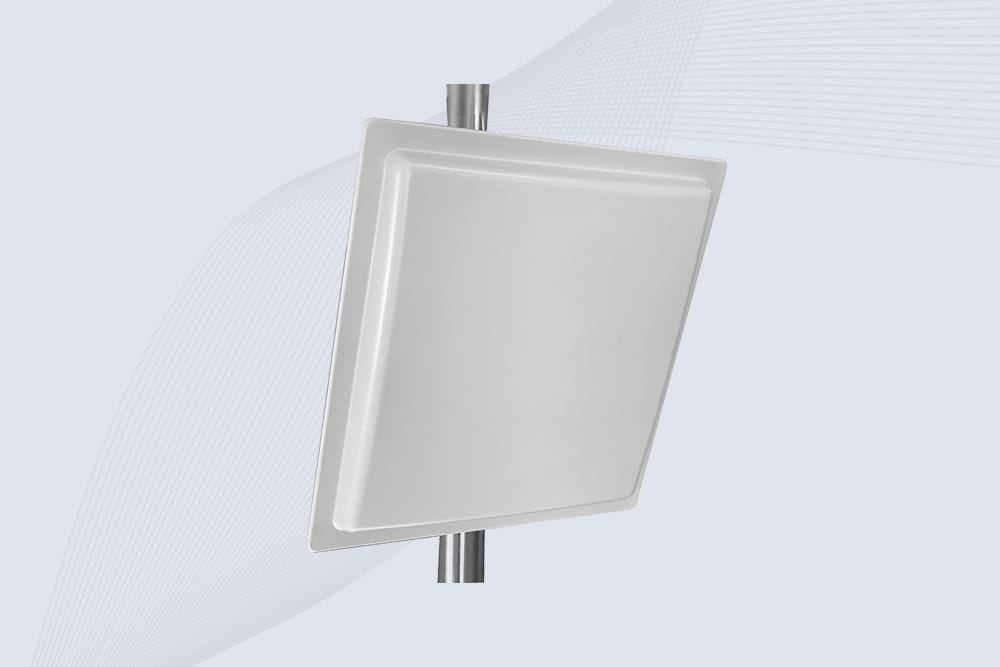5 Hidden Costs of Cheap RFID Readers (& How to Avoid Them)
670Discover the 5 hidden costs of cheap RFID readers and learn how Cykeo’s high-performance RFID solutions save you money, improve efficiency, and ensure long-term ROI.
MoreAll RFID Product
In many organizations, asset management has always been a headache: fixed assets, mobile tools, equipment, inventory… once the volume grows, the types multiply, and the distribution gets scattered, mistakes are bound to happen. Things get misplaced, records go wrong, stock takes consume endless hours.
RFID (Radio Frequency Identification) has been seen as a “rescue tool” here. It allows near real-time or even real-time tracking of asset locations, reduces manual errors, and increases transparency. But in practice, it’s not all smooth sailing. Based on different sources plus my own project experience, here’s a real-world take on asset management RFID.

From research plus hands-on work, here are the real perks of using RFID in asset management:
Rolling out asset management RFID isn’t just plug-and-play. Common headaches and how I (or others) dealt with them:
| Challenge | What happens in real life | Fix / Tip |
|---|---|---|
| High upfront cost | Readers, tags, software, training… the investment scares some companies. | Do ROI analysis. Start with a pilot in one department. Mix active and passive tags depending on need. |
| Environmental interference | Metal and liquids mess up signals, overcrowded areas cause tag collisions. | Do a site survey. Use metal-friendly tags. Adjust antenna placement and power. |
| Integration with existing systems | ERP, inventory software often don’t “talk” well with RFID data. | Plan integration early. Middleware helps convert reader signals into usable data. |
| Tag durability | Regular tags fail outdoors, in heat, moisture, or dusty/chemical environments. | Use industrial-grade tags. Test in real conditions before full rollout. |
| Staff training & process change | People still act like it’s barcodes, misplacing tags or skipping scans. | Train continuously. Write SOPs. Gather feedback during pilot. |
| Privacy & data security | Sensitive equipment or data can be read by unauthorized parties. | Encrypt data. Control access. Store only necessary info on tags. |
Some of my personal lessons:
If you’re planning an RFID rollout for asset management, I’d suggest:

Skipping RFID means:
The direction asset management RFID seems to be heading:
RFID for asset management is powerful but not flawless. The success lies in:
Don’t just “buy the tech” — build the process around it. That’s the difference between a failed rollout and a system that truly saves time, money, and headaches.

Cykeo’s industrial long range RFID reader delivers 20-meter scanning, 500+ tags/sec speed, and IP67 waterproof design for automated warehouses, logistics, and harsh environment applications.

Cykeo’s CK-RA6L industrial RFID long range reader features 20m read distance, 500 tags/sec speed, and IP67 protection. Ideal for warehouse automation, manufacturing WIP tracking, and smart logistics. Supports ISO 18000-6C/6B protocols.

CYKEO Long Range RFID Tag Reader built for outdoor and industrial operations. This Outdoor RFID Reader delivers 20m read distance, fast tag processing, and IP67 durability for wide-area tracking.

Cykeo CK-RA12L industrial Long Range RFID Reader delivers 20m read range, 200+ tags/sec scanning, and IP67 protection for manufacturing/logistics applications. Supports ISO 18000-6C/GB protocols.
Discover the 5 hidden costs of cheap RFID readers and learn how Cykeo’s high-performance RFID solutions save you money, improve efficiency, and ensure long-term ROI.
MoreLearn what RFID technology is, how RFID tags work, and their role in industries like logistics and healthcare. Discover Cykeo’s sustainable RFID solutions.
MoreDiscover which is more expensive, RFID or barcode. We break down costs, use cases, and long-term savings for inventory management. Make informed decisions for your business.
MoreDiscover how to select the best UHF RFID module for industrial asset tracking. Learn about frequency, durability, compatibility, and real-world performance.
More